What is TPU Film?
TPU Film (full name: thermoplastic polyurethane film) is a high-performance film material made primarily from thermoplastic polyurethane (TPU). It combines the high elasticity of rubber with the processability of thermoplastic plastics, exhibiting excellent elasticity, transparency, oil resistance, grease resistance, and abrasion resistance. Depending on the application requirements, TPU film can be prepared using molding processes such as casting, extrusion, or blow molding, and is widely used in footwear, clothing, electronic products, automotive interiors, and medical devices.
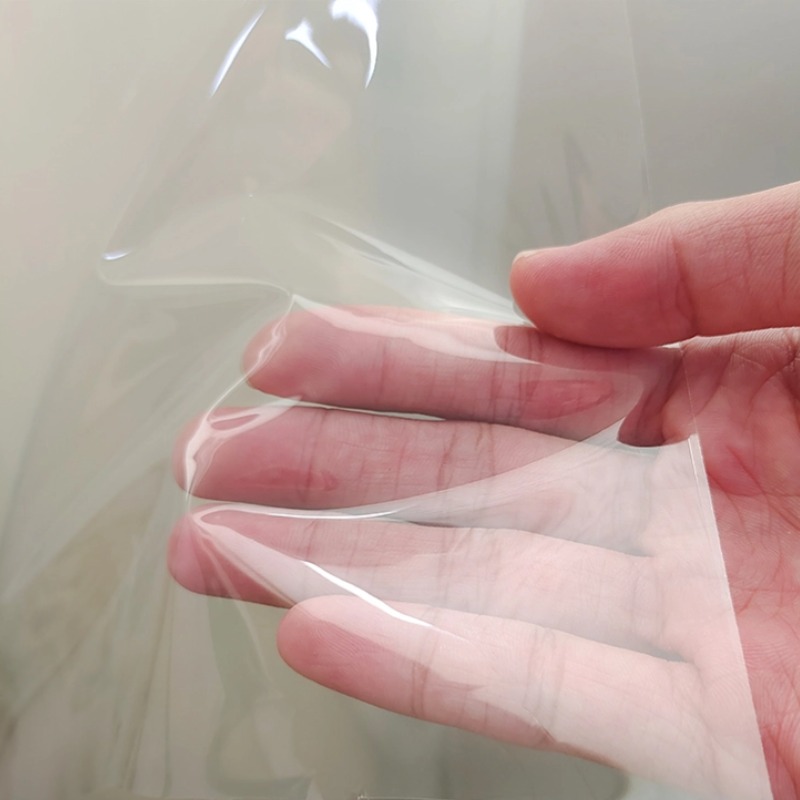 | 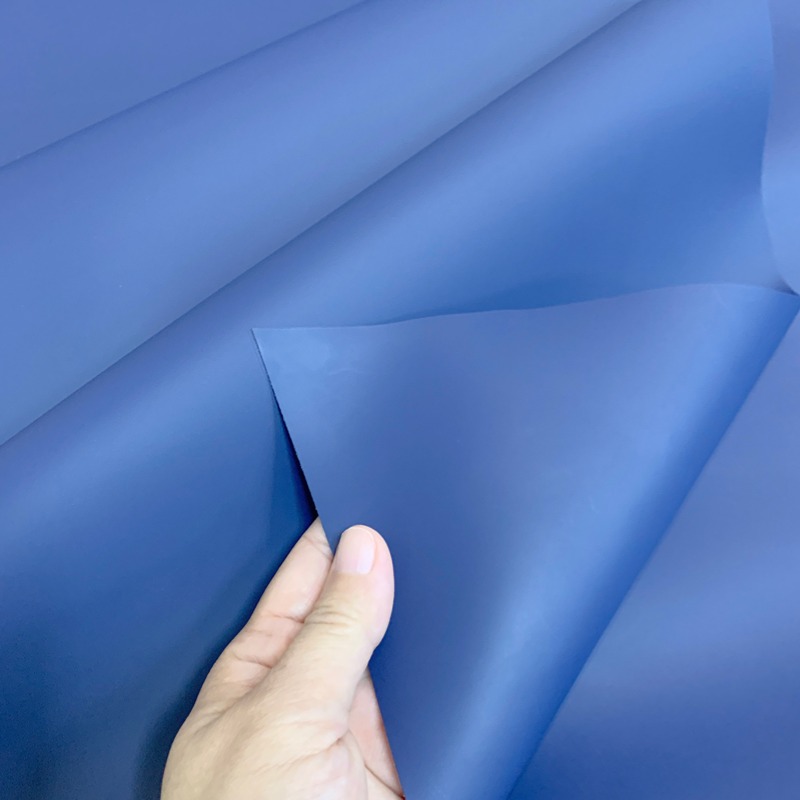 | 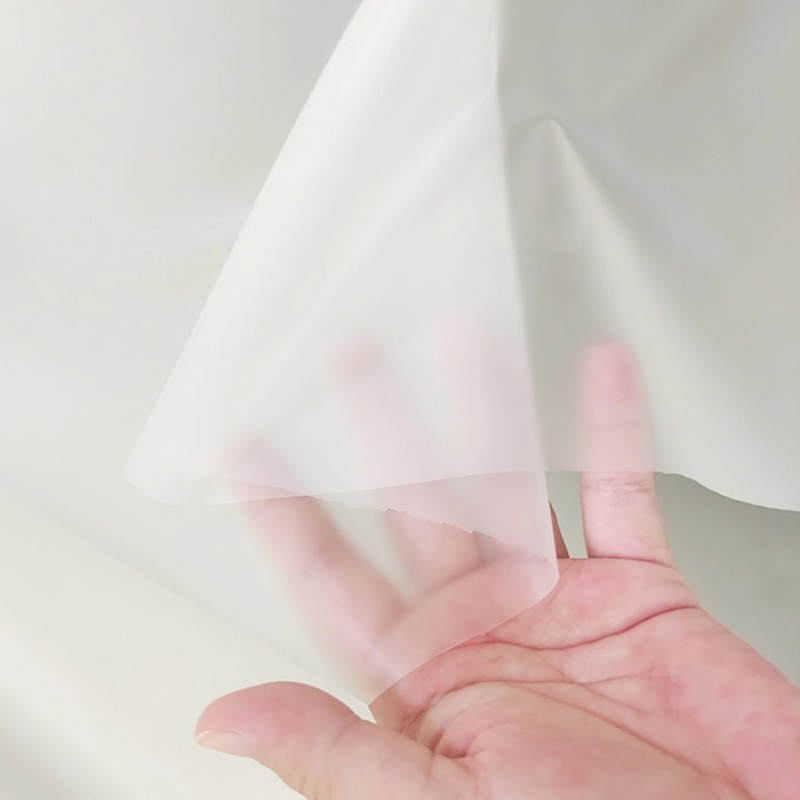 |
Main Manufacturing Processes
- Casting: TPU raw material is heated and melted through an extruder, then uniformly cast onto cooling rollers to form a film. This process produces films with uniform thickness, high transparency, and a smooth surface, suitable for applications requiring high transparency or high precision.
- Blown Film: Molten TPU material is blown into a film using airflow, then cooled, shaped, and wound up. This process is suitable for producing films with high flexibility, thinness, and excellent toughness, commonly used in clothing, packaging, and protective applications.
- Calendering: Molten TPU resin is repeatedly calendered using a multi-roll calendering machine to produce TPU films with greater thickness and stable mechanical properties. This process is commonly used in applications requiring high strength, such as automotive interiors, industrial protective materials, and shoe composites.
Key Properties of TPU Film
TPU film offers a unique combination of elasticity, toughness, and versatility, making it one of the most popular high-performance materials in modern manufacturing. Its balanced physical and chemical properties allow it to perform well under a wide range of environmental conditions. Below are the key characteristics of TPU film:
- Excellent Elasticity and Flexibility: TPU film maintains outstanding flexibility even at low temperatures. It can stretch and recover without deformation, providing superior comfort and adaptability for applications such as footwear, garments, and wearable products.
- High Transparency and Aesthetic Appearance: Thanks to its excellent optical clarity, TPU film is widely used in products requiring transparency or surface aesthetics, such as protective covers, transparent labels, and consumer electronics.
- Superior Abrasion and Scratch Resistance: Compared with many traditional polymers like PVC and EVA, TPU film demonstrates much higher resistance to abrasion, tearing, and scratches, ensuring long-term durability and surface protection.
- Outstanding Chemical and Oil Resistance: TPU film performs well in contact with oils, greases, and many chemicals, making it suitable for automotive interiors, machinery protection, and industrial fabrics.
- Environmental Friendliness and Recyclability: As a halogen-free and solvent-free material, TPU film meets global environmental standards such as REACH and RoHS. It can be recycled and reused, supporting sustainable manufacturing and eco-friendly product development.
- Excellent Adhesion and Processability: TPU film bonds easily with a variety of substrates — including textiles, leather, and plastics — through heat or lamination processes. This makes it ideal for composite materials, waterproof fabrics, and laminated films.
- Wide Range of Hardness and Thickness Options: Depending on the formulation and processing method, TPU films can be customized in hardness, thickness, and color to meet specific functional or aesthetic requirements.
Applications of TPU Film
TPU film is used in a wide range of industries. Below are some of the most common applications:
Footwear and Apparel
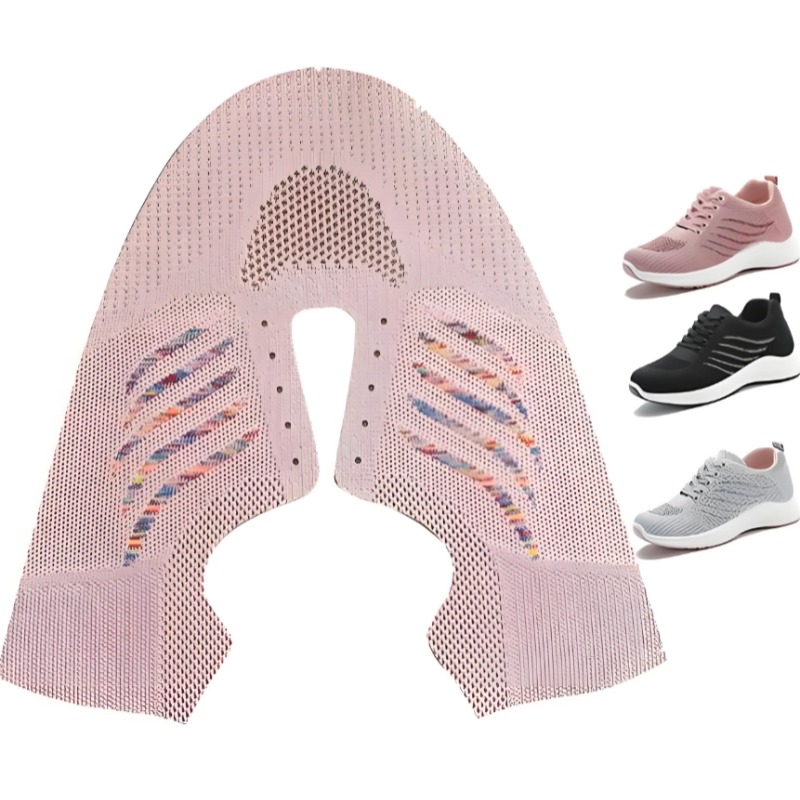 | Used for shoe uppers, logos, reinforcements, and waterproof or breathable garment laminations in sportswear and outdoor clothing.【more】 |
Automotive Industry
 | Used in interior trim, instrument panels, seat covers, and paint protection films (PPF).【More】 |
Medical and Healthcare Products
 | Suitable for medical devices, surgical gowns, blood pressure cuffs, and wound dressings.【More】 |
Outdoor and Sports Equipment
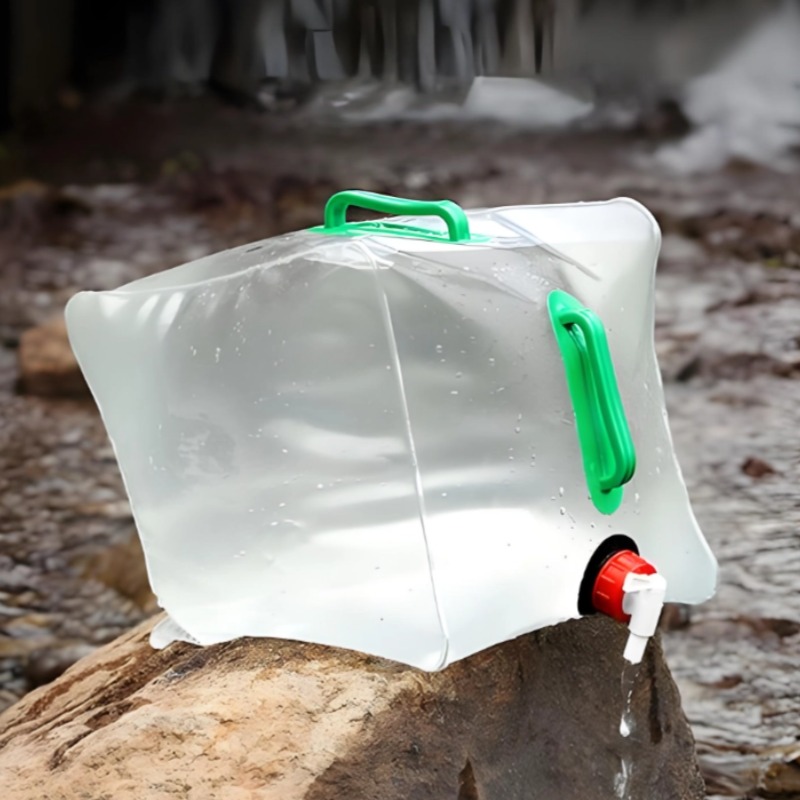 | Used in inflatable structures, waterproof bags, tents, and various sporting goods.【More】 |
Industrial Laminates and Composites
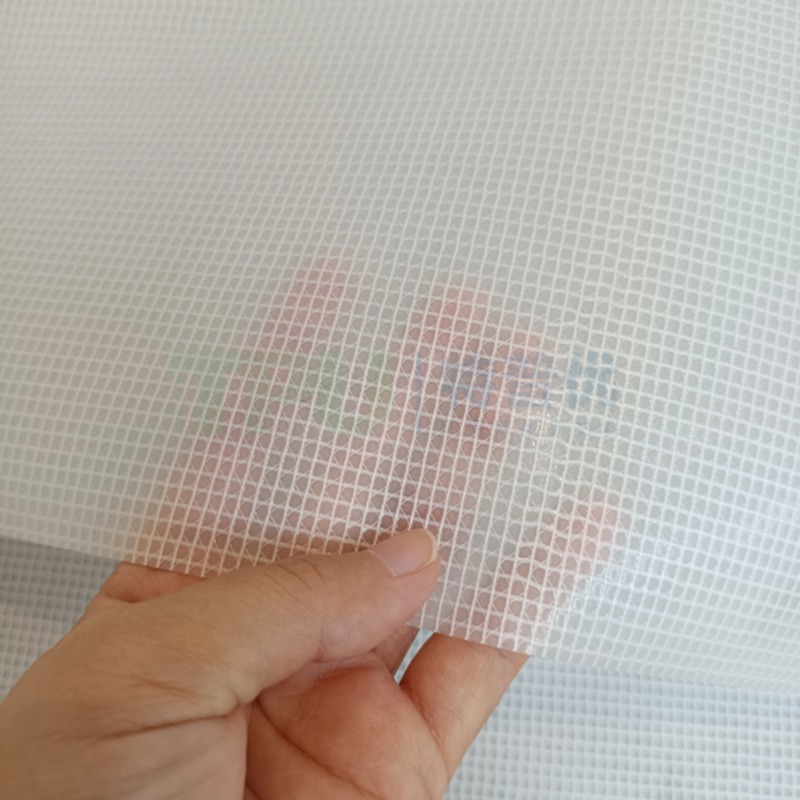 | Applied as bonding or sealing layers in technical textiles, membrane structures, and industrial protection materials.【More】 |
Packaging and Decorative Applications
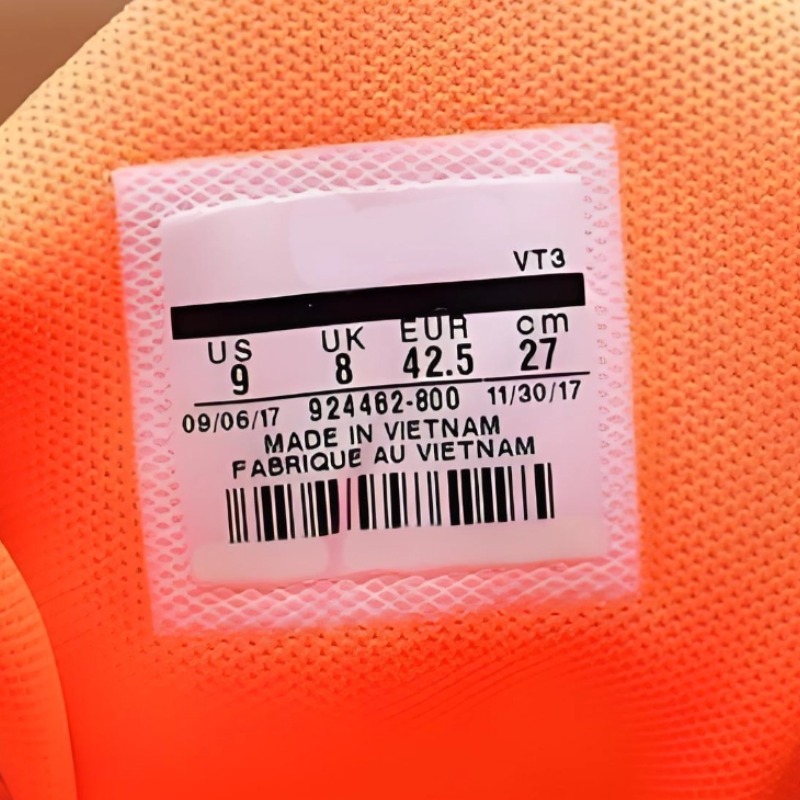 | Used for high-quality labels, transparent packaging, and decorative surface protection films.【More】 |
TPU Film vs Other Materials
In many applications, TPU film is compared with other common materials such as PVC, PU, and EVA. While each material has its own advantages, TPU film offers a balanced performance that makes it an increasingly popular choice in advanced manufacturing. Below is a general comparison:
TPU Film vs PVC Film
PVC film is cost-effective and easy to process, but it contains plasticizers and chlorine, which can cause environmental and aging issues. TPU film, on the other hand, is non-toxic, odorless, and free from halogens. It provides better elasticity, abrasion resistance, and weather stability, making it more suitable for high-end and eco-friendly products.
Below is a comparison between TPU film and PVC film in key performance aspects:
| TPU Film | PVC Film |
|---|---|
| Elasticity & Flexibility: Excellent elasticity and flexibility, even at low temperatures | Elasticity & Flexibility: Moderate flexibility; becomes brittle in cold conditions |
| Abrasion Resistance: Outstanding; highly resistant to wear and scratches | Abrasion Resistance: Poor; prone to surface damage and wear over time |
| Chemical & Oil Resistance: Excellent; resistant to oils, grease, and chemicals | Chemical & Oil Resistance: Poor; easily affected by oils and solvents |
| Transparency & Appearance: High clarity; remains transparent and stable over time | Transparency & Appearance: Good clarity, but tends to yellow or harden with aging |
| Weather & UV Resistance: Excellent; stable against UV light and temperature changes | Weather & UV Resistance: Poor; easily degraded by UV exposure and heat |
| Environmental Impact: Non-toxic, halogen-free, and recyclable; eco-friendly | Environmental Impact: Contains chlorine and plasticizers; not environmentally friendly |
| Processing Methods: Suitable for casting, extrusion, lamination, and heat bonding | Processing Methods: Easy to process and low cost, but limited in performance |
| Typical Applications: High-end footwear, automotive interiors, electronics, medical and outdoor products | Typical Applications: Low-cost packaging, raincoats, inflatable toys, and decorative films |
TPU Film vs PU Film
PU films have a soft touch and a smooth appearance, and are commonly used in clothing, interior decoration, and coatings. However, they are sensitive to moisture and UV radiation, and their durability under harsh conditions is limited. TPU films, on the other hand, possess excellent elasticity, mechanical strength, and abrasion resistance. They maintain their performance at varying temperatures and can be thermoformed, welded, and recycled, making them ideal for high-performance and sustainable applications.
Below is a comparison between TPU film and PU film in key performance aspects:
| TPU Film | PU Film |
|---|---|
| Elasticity & Flexibility: Excellent elasticity and flexibility; retains rebound and shape over time | Elasticity & Flexibility: Good softness and hand feel; may lose elasticity faster under prolonged stress |
| Abrasion Resistance: Outstanding; highly resistant to abrasion, tearing, and surface wear | Abrasion Resistance: Moderate; suitable for general use but less durable than TPU |
| Chemical & Oil Resistance: Excellent; strong resistance to oils, greases, and many chemicals | Chemical & Oil Resistance: Limited; susceptible to certain oils, solvents, and chemical exposure |
| Transparency & Appearance: High clarity and stable appearance; suitable for transparent films and coatings | Transparency & Appearance: Soft surface and pleasant touch; may yellow over time |
| Weather & UV Resistance: Excellent outdoor stability and UV resistance | Weather & UV Resistance: Moderate; can degrade faster under UV or humidity |
| Environmental Impact: Halogen-free, recyclable, and solvent-free options available | Environmental Impact: Some formulations use solvents or isocyanates; less eco-friendly |
| Processing Methods: Suitable for extrusion, casting, lamination, and heat bonding | Processing Methods: Usually produced by solvent or water-based coating; requires curing |
| Typical Applications: High-end footwear, automotive interiors, electronics protection, outdoor and medical products | Typical Applications: Fashion leather, upholstery, coatings, decorative and protective films |
TPU Film vs EVA Film
EVA film is lightweight, flexible, and offers good transparency, often used in solar encapsulation, packaging, and footwear materials. However, it has lower mechanical strength, heat resistance, and chemical stability compared to TPU film. TPU film, on the other hand, provides higher durability, elasticity, and resistance to oil and abrasion. It also performs better in outdoor and high-temperature environments, making it more suitable for demanding industrial and consumer applications.
Below is a comparison between TPU film and EVA film in key performance aspects:
| TPU Film | EVA Film |
|---|---|
| Elasticity & Flexibility: Excellent elasticity and flexibility; retains shape even under stress | Elasticity & Flexibility: Soft and flexible but less elastic and resilient than TPU |
| Abrasion Resistance: Outstanding; highly resistant to surface wear and mechanical stress | Abrasion Resistance: Fair; less durable and more prone to surface wear |
| Chemical & Oil Resistance: Excellent; resistant to oils, greases, and chemicals | Chemical & Oil Resistance: Weak; easily affected by oils and chemical exposure |
| Transparency & Appearance: High clarity and stable transparency over time | Transparency & Appearance: Good transparency and gloss, but may haze with aging |
| Weather & UV Resistance: Excellent; performs well under UV and outdoor exposure | Weather & UV Resistance: Moderate; can degrade faster under UV and heat |
| Environmental Impact: Non-toxic, halogen-free, and recyclable; eco-friendly choice | Environmental Impact: Non-toxic, but lower durability shortens lifespan |
| Processing Methods: Suitable for extrusion, casting, lamination, and vacuum forming | Processing Methods: Easy to process via extrusion and film blowing; lower heat resistance limits applications |
| Typical Applications: High-end footwear, outdoor gear, automotive interiors, medical and protective films | Typical Applications: Solar encapsulation, packaging, lightweight films, and foam products |
Summary
Overall, TPU film offers an exceptional balance of flexibility, strength, and environmental responsibility. It combines the elasticity of rubber with the processability of thermoplastics, providing a durable and sustainable alternative to conventional plastic films.
Thanks to its superior performance and eco-friendly nature, TPU film has become the material of choice for a wide range of high-end and technical applications.
Why choose us?
Reliable Manufacturing · Proven Quality · Global Trust
- 300 tons of raw materials always in stock.
- Advanced, high-efficiency TPU film production equipment.
- Manufacturer-direct supply with fully automated production lines, annual output up to 6,000 tons.
- Certified quality management system: ISO9001, RoHS, SGS, and more.
Learn more about us. 【More】
Product Overview
We specialize in TPU films and TPU hot melt adhesive films, offering customized solutions that ensure high quality, durability, and safety.
Our products are widely used in medical, automotive, and outdoor applications and are exported worldwide.
FAQ
Q: Are you a trading company or a manufacturer?
A: We are an integrated industry and trade company specializing in the manufacture and export of TPU film materials for over 15 years.
Q: Can we customize performance, size, and color?
A: We accept customization of various specifications.
Q: Do you provide sample services?
A: We can now provide a certain quantity of samples free of charge for projects we have completed. You only need to cover the shipping costs.


